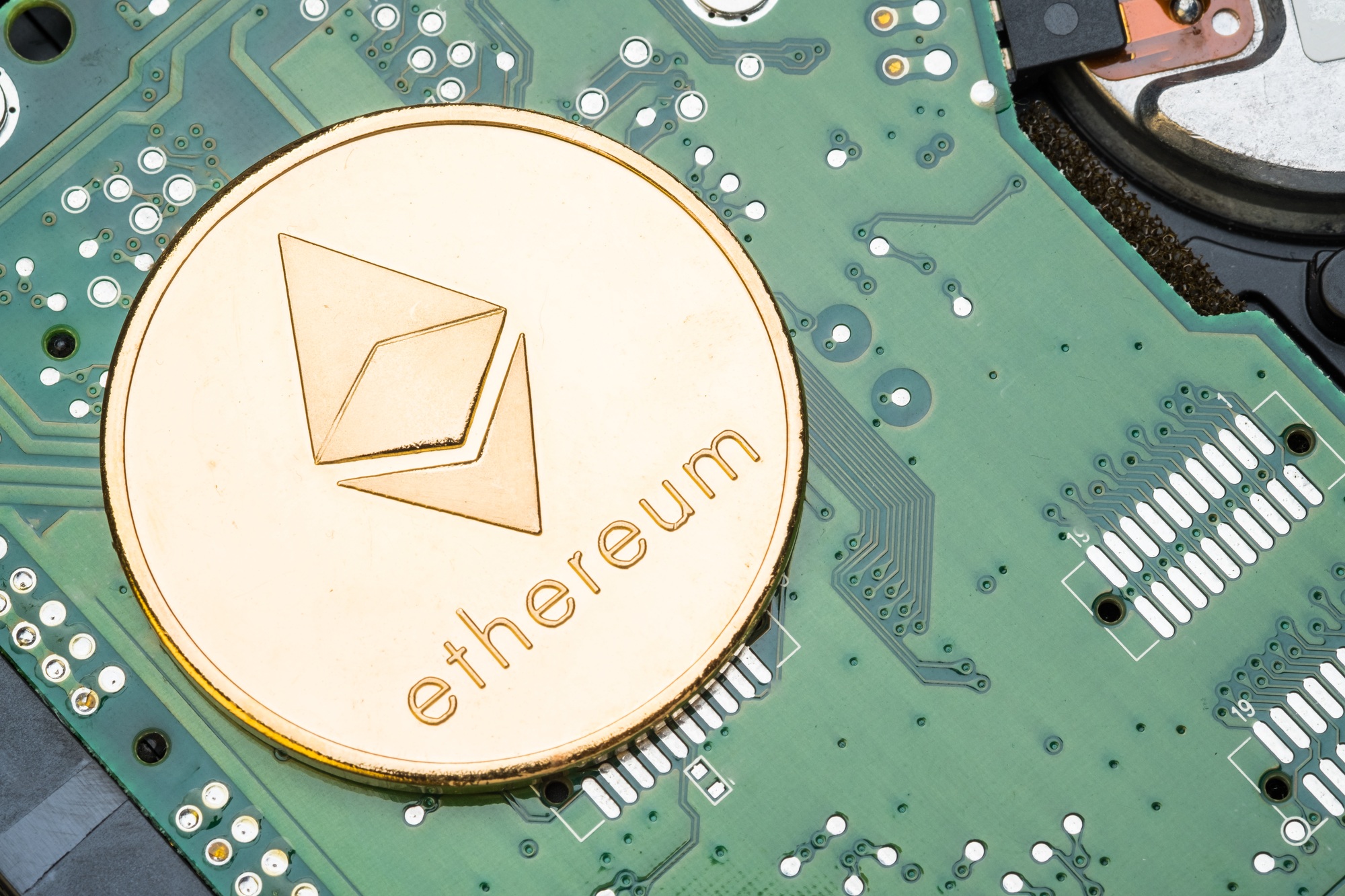The Ethereum community is gearing up for a major milestone with the upcoming Fusaka upgrade, a development that could reshape the capabilities of the world’s second-largest blockchain.
Ethereum has enjoyed strong growth in recent months, powered by DeFi innovation, NFT adoption, and rising institutional interest. Yet, scalability bottlenecks—slow transactions, high gas fees, and network congestion—have remained its Achilles’ heel. The Fusaka upgrade is designed to tackle these head-on.
The upgrade introduces critical enhancements to Ethereum’s infrastructure, including:
-
Layer 2 scaling solutions to boost throughput.
-
Optimized consensus mechanisms for better efficiency.
-
Improved data handling to reduce transaction fees and cut confirmation times.
If successful, Fusaka could transform user experience, making Ethereum faster, cheaper, and more secure. That would benefit a wide spectrum of stakeholders—everyday users, developers, DeFi projects, and large institutions—while also enabling more complex, resource-heavy decentralized applications to thrive.
Market analysts and blockchain experts are paying close attention. A smooth rollout could reinforce Ethereum’s dominance in smart contracts and decentralized apps, while also setting an example for rival blockchains to pursue similar overhauls. On the flip side, delays or technical glitches could dampen market confidence.
Looking ahead, the big indicators to watch include:
-
The official deployment timeline.
-
Network performance metrics once Fusaka goes live.
-
The developer community’s adoption rate and user feedback.
Ethereum’s future may hinge on how well Fusaka delivers—success would mean not just survival, but long-term leadership in blockchain innovation.
What is the primary goal of the Fusaka upgrade?
The main aim is to improve transaction speeds, security, and scalability, enabling Ethereum to support more complex applications and higher user activity.
Who benefits most from the Fusaka upgrade?
Developers, decentralized application users, and institutional investors stand to benefit the most from enhanced network performance and security features.
What challenges could delay the upgrade?
Potential technical issues, unexpected bugs, or delays in deployment could hinder the rollout and affect Ethereum’s future growth trajectory.
Summary:
- Ethereum’s real roadmap includes upgrades like Proto-Danksharding (EIP-4844) and future Danksharding, focused on scalability.
- Layer 2 solutions such as Optimism, Arbitrum, and zkSync already help reduce costs and speed up transactions, and will play a key role in Ethereum scaling.
- The term “Fusaka” isn’t an officially announced Ethereum upgrade (currently). It may be a fictional or placeholder name, but the described goals—scalability, speed, lower fees—do align with Ethereum’s ongoing roadmap.
- Ethereum is expected to remain a dominant DeFi and dApp platform, provided upgrades continue smoothly.






